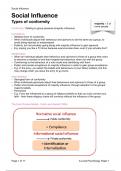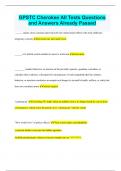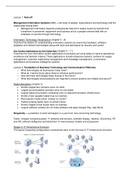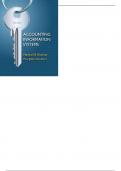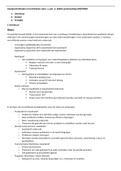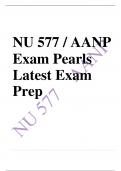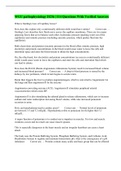Summary
Summary Social Influence Complete Revision Notes (Psychology AQA A-Level)
- Module
- Social Influence (7182)
- Institution
- AQA
Complete Social Influence revision notes for AQA Psychology A-Level, written by a straight A* student. Includes PEEL paragraphs for every topic and diagrams where needed. Well organised and in order. Includes collated information from class, textbooks and online. Topics include: Types of conformi...
[Show more]
